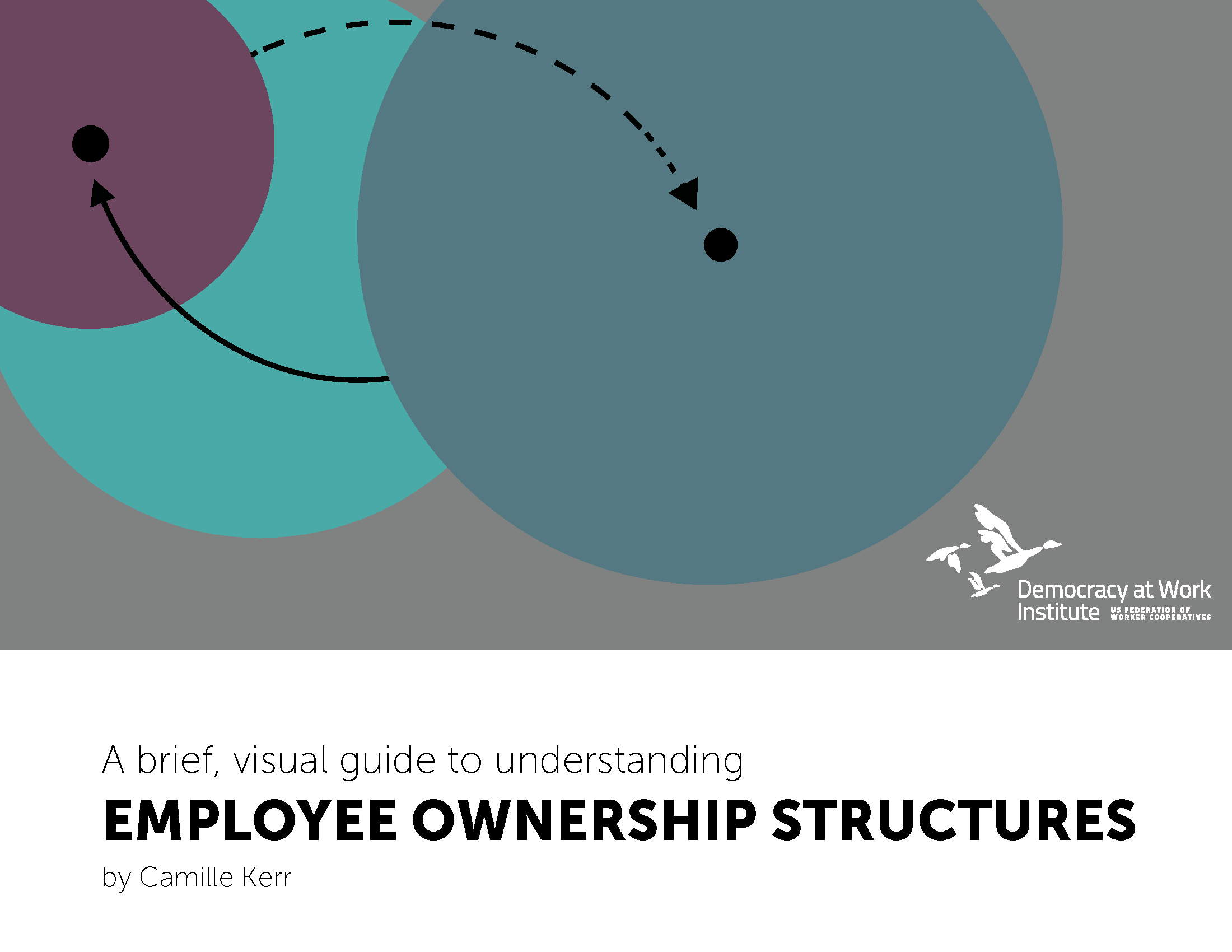This resource uses diagrams to depict how the different forms of employee ownership are structured. It focuses on the two primary vehicles for broad-based employee ownership in the United States: worker cooperatives and employee stock ownership plans.
Why do these structures matter? Business ownership has significant benefits that fall into two categories: money and control of the business. Money includes the current and future profitability of the company, along with the company’s book value, including any assets the company holds. In most companies, company profits typically go to a handful of executives and outside investors. At democratic companies, workers receive the benefits from the success that their work creates Control includes the right to make decisions about the future of the company, such as whether the company should sell, move out of state, send jobs overseas, or discontinue its employee benefit plan.
In most companies, workers do not have any say over these decisions, which can profundly affect their work lives, finances and family stability. At democratic companies, workers have a say in how the company is governed, and the leadership of the company is accountable to the people who work there.

